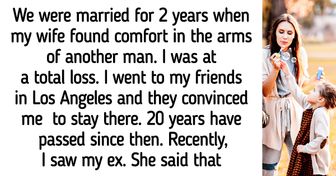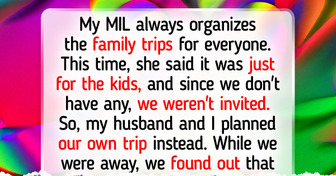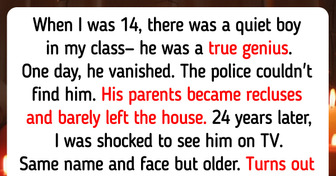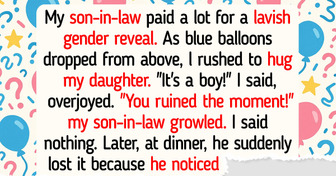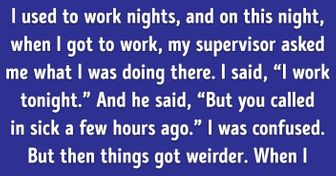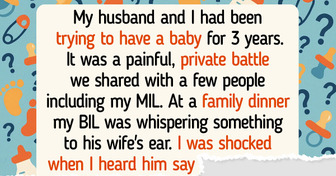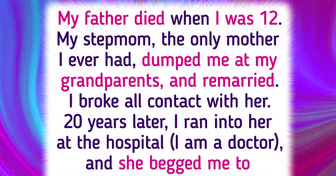15+ People Who Don’t Know What Luck Means
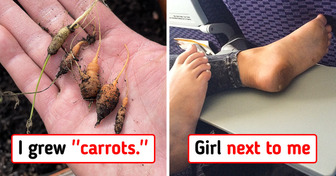
Every mom wonders what their baby is feeling when they kick, roll, and punch inside the belly. And as it turns out, it’s way more complex than we thought. There are reasons for everything your baby is going through before they are even born. And scientists have given us some insight into what’s really going on and why they cry.
“Practice makes perfect” doesn’t just apply to people in the outside world but also those on the “inside.” Babies practice crying in the womb, so they can master it when they are born.
Although we can’t hear a baby’s cry in the womb, scientists have managed to observe their movements and concluded that babies can really cry in the belly. When babies hit the 24-week mark, their cry movements include tongue extension, opening the jaw, swallowing, and moving the mouth.
Not only can babies cry in the womb, but they can also have feelings, especially of security. If you touch your belly softly, sing, talk, read, and even communicate with it, your baby will be up to speed with things. A fetus will, as a result, move more when you touch your stomach, and it will become calmer if you talk to them in a soft, loving voice.
By the third trimester, they can yawn, cross their arms, smile, and blink! This isn’t just a coincidence — they truly do these things when they are given attention.
Fetuses can even taste the food eaten by their moms. Taste buds form when they are 8 weeks old, but they can actually taste food at around 14 weeks. From weeks 32 to 36, they can smile or make sad faces, depending on how tasty the food is to them.
However, not only can they taste different foods, but they are introduced to new flavors that can impact their food preferences later in life. If you’re a mom eating broccoli while pregnant, your baby won’t be likely to reject this food after birth.
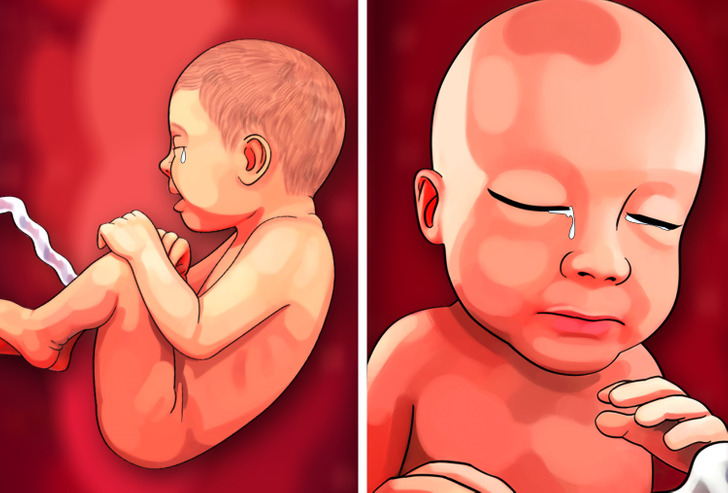
When it comes to your baby crying in your belly, there is nothing to be worried about because they are not in pain. They are just practicing for the real world by mimicking breathing patterns, facial expressions, and mouth movements.



